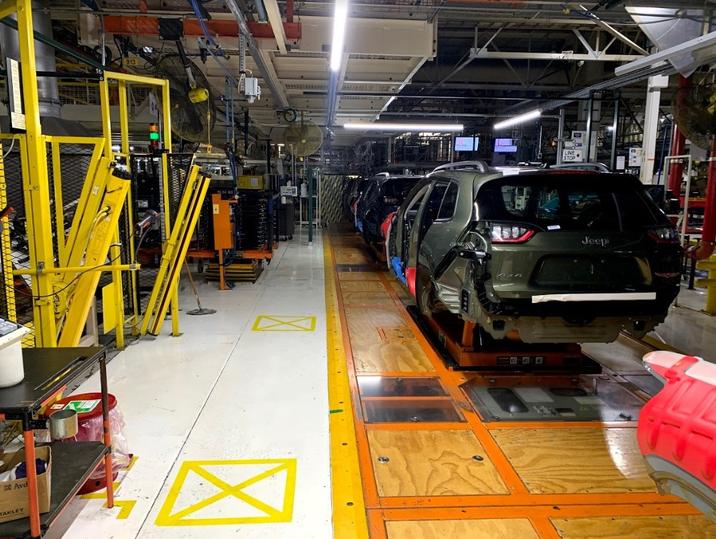#FactoryShutdown
Mustang Production Paused at Flat Rock Assembly
Ford will be idling Mustang production this week due to an insufficient supply of semiconductor chips. For all the talk the industry made about getting over supply chain hurdles in 2021, manufacturers continue citing insufficient access to microchips as the primary obstacle preventing them from enjoying more routine operations.
The automaker confirmed the move on Tuesday, explaining that Michigan’s Flat Rock Assembly will be down until sometime next week.
Chip Shortage Demolishes Toyota Vehicle Production, Pandemic Blamed
Despite being one of the only manufacturers not to incur heavy production losses over the global semiconductor shortage, Toyota has announced that its luck has finally run out. The automaker is estimating that it will need to cut assembly by 40 percent this September.
It’s not alone. Both Ford and General Motors have announced they’re also stifling production this week to account for a deficit of chips. Even Volkswagen Group has been cautioning that it might schedule more downtime going into the fall. But that’s basically been the story for all of 2021. Toyota just happens to be the newest inductee.
Stellantis Plots More Factory Downtime, Ford Loses Tech Chief
Stellantis plans to extend the typical summer downtime at a couple assembly plants while relaunching production at Windsor Assembly next month. The Canadian van factory will be see two shifts returning on July 5th, while its Belvidere Assembly Plant in Illinois and Toluca Assembly Plant in Mexico will be idled due to the ongoing semiconductor shortage. This has become a common tactic within the automotive industry, with our doubting it’ll be the last occasion we’ll be reporting on extended summer vacations.
Meanwhile, Ford Motor Co. appears to have lost its technology chief to Amazon. Ken Washington was hired into Blue Oval after a stint with Lockeed Martin in 2014 and will be leaving the automaker next month to become vice president of software engineering for the tech giant.
Seismic Activity Hampering Japanese Auto Production
A strong earthquake shook western Japan on Monday morning. The 6.1-magnitude quake destroyed property, left tens of thousands without power, stranded commuters, and disrupted Osaka’s industrial sector. Honda, Mitsubishi Motors, and Toyota’s Daihatsu unit all have production facilities in the area and were forced to shut down temporarily.
While Daihatsu remained confident its facilities could be reopened later in the day, Honda’s Suzuka factory in the Mie prefecture is one of the oldest plants on its roster. Despite being modernized over the years, it might not have been able to withstand the vibrations as well as newer facilities. The company said it would remain shuttered as employees perform safety and spot checks.



















Recent Comments